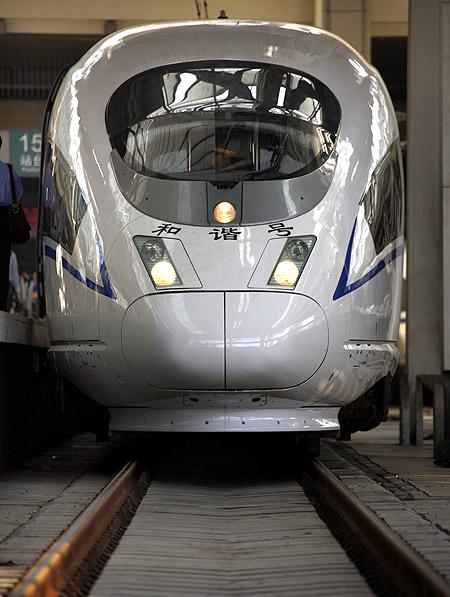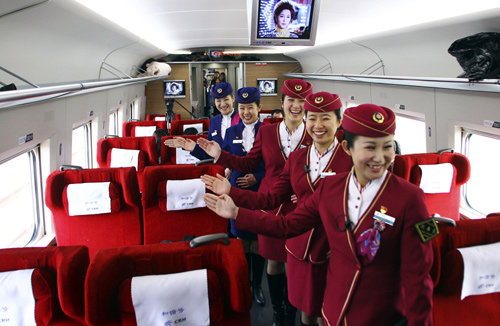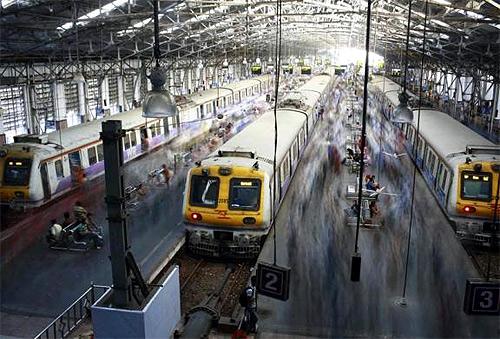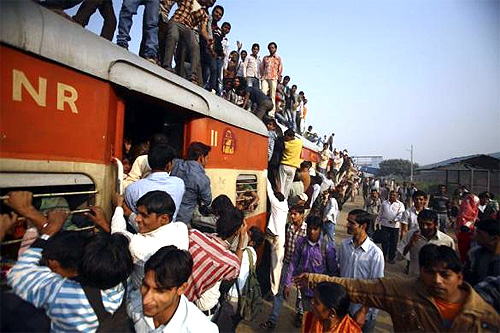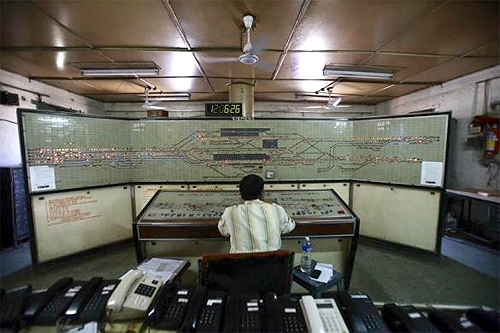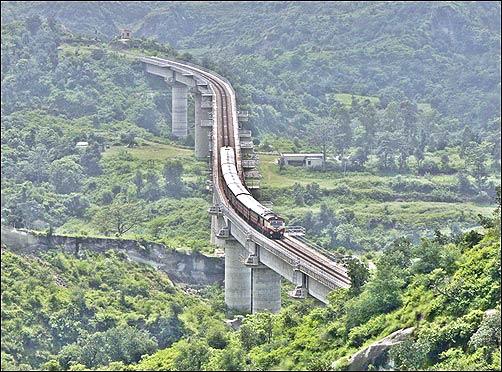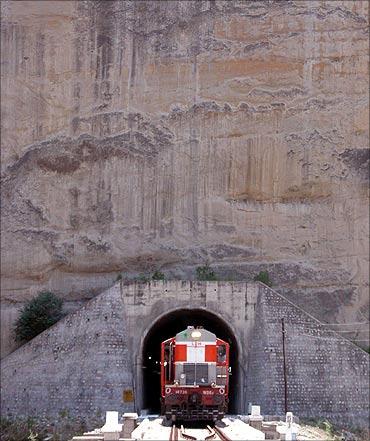 | « Back to article | Print this article |
What Indian railways can learn from the Chinese
China's decision to abolish its railway ministry - transfer operations and staff to a company, China Railway Corporation, and regulatory functions to the ministry of transport - inevitably raises questions over what India is doing with its own railways.
Since the 1990s, China's railway system has seen stupendous growth, becoming in some ways the foremost railway system in the world.
This has left India's railway system, which was ahead of China's at the time of Independence, far behind.
Through the 1990s, China added over 1,000 kilometres of new track every year, whereas India added 661 km in the entire decade.
Click NEXT to read more...
What Indian Railways can learn from the Chinese
Massive investment and spectacular growth made the Chinese railways a power centre and gave rise to enormous corruption.
The recent drastic overhaul, in response to this, has also led to the dismissal of the railway minister and start of investigations.
There is wide agreement that the Indian Railways also needs a drastic overhaul at the top so as to grow sustainably in tandem with the rest of the economy.
The best possible scenario would be for the Railways to serve as a catalyst enabling the Indian economy to return to the high growth achieved in the 2003-08 period, instead of becoming an impediment in the way of the economy's return to high growth.
Click NEXT to read more...
What Indian Railways can learn from the Chinese
The Railways' inability to change and grow rapidly, except for the five years (2004-09) under Lalu Prasad, is not because of lack of expert advice.
As early as in 1994, an expert committee under Prakash Tandon, former Hindustan Lever chief, made comprehensive proposals for change.
This was followed by the McKinsey report prepared on behalf of the Asian Development Bank in 1997.
Thereafter, there have been two status reports, in 1998 and 2002 under Nitish Kumar; a white paper and a Vision 2020 in 2009 under Mamata Banerjee; and, most recently, two reports in 2012, one led by Anil Kakodkar on safety and the other led by Sam Pitroda on modernisation. They all address the same issue, how to get the Railways going.
Click NEXT to read more...
What Indian Railways can learn from the Chinese
The Tandon report highlighted the idea that the Railway Board should represent customer segments, and so have members looking after areas such as bulk freight, passenger and intermodal services.
There would also be positions for deliverers who made these services possible - moving assets (production and maintenance of rolling stock); finance and planning; and human resource development, research and quality.
Even today you have a member traffic - as though handling all traffic, passenger or freight, requires the same approach.
Perhaps the most revolutionary recommendation was to end the 10 separate cadres of the Railways and institute a single Indian Railway Administrative Service.
Click NEXT to read more...
What Indian Railways can learn from the Chinese
After training, recruits would be placed in different functional departments based on their needs, and not according to technical disciplines.
Departments such as rolling stock, workshop and finance would absorb those with appropriate technical qualifications.
This is much needed, as departmentalism (living in silos) and inter-cadre rivalry are the biggest hurdles the Railways faces.
The McKinsey report went deeper, into mindsets. A presentation on the report said: "One of Indian Railways' main enemies is fashion... Railways are seen as unfashionable because in the developed world, railways are past their prime... Despite the inherent advantage of rail, the debate on the transport sector has focused on roads."
Click NEXT to read more...
What Indian Railways can learn from the Chinese
The railways in India have to project themselves as a "sunrise industry". Run by non-IAS (Indian Administrative Service) officers with minimal involvement of the finance ministry, the Railways has to cease to be "inward-looking".
They need to "reach out ... establish links with the ministry of finance, secretaries of other important ministries ... and public institutions such as the NCAER [National Council of Applied Economic Research] ...."
Since then the railways around the world have had rejuvenation, as concerns over global warming have made the private motor car the bad boy and rail commute an eco-friendly option.
But in India today the railways pay more for diesel than SUV owners do. The McKinsey report said the Railways should grow "at least as fast as industrial GDP" or at "double digit growth".
Click NEXT to read more...
What Indian Railways can learn from the Chinese
After over 10 years of additional learning, the Vision 2020 document says: "...the Indian Railways must achieve annual growth of 10 per cent over the next 10 years."
Today, thankfully, raising passenger fares has been delinked from the budget. The next act should be to get rid of the railway budget, which is used by ministers to grandstand and announce unaffordable new passenger trains and for sundry MPs to shout and demonstrate.
Thereafter the Railways can be turned into a fully government-owned public sector enterprise that casts its accounts according to the Companies Act, making it comparable with other enterprises. The rest has to be left to God overruling human short-sightedness.
